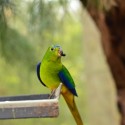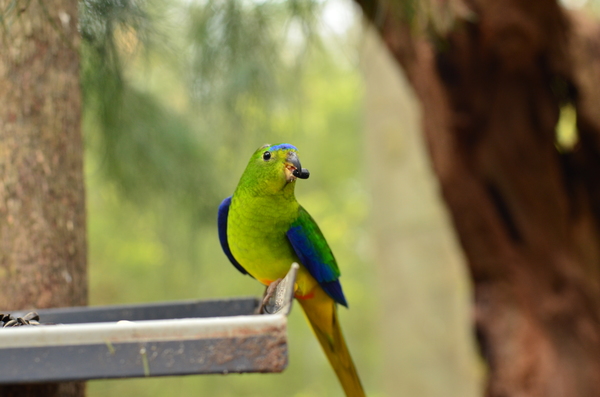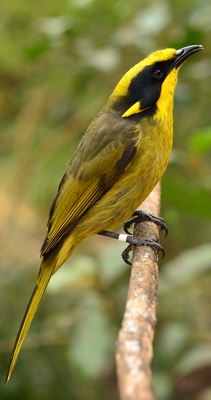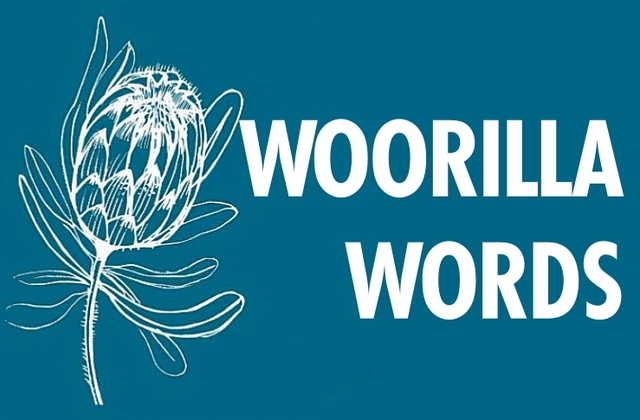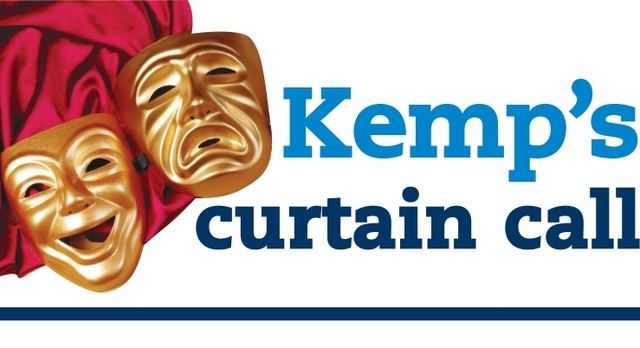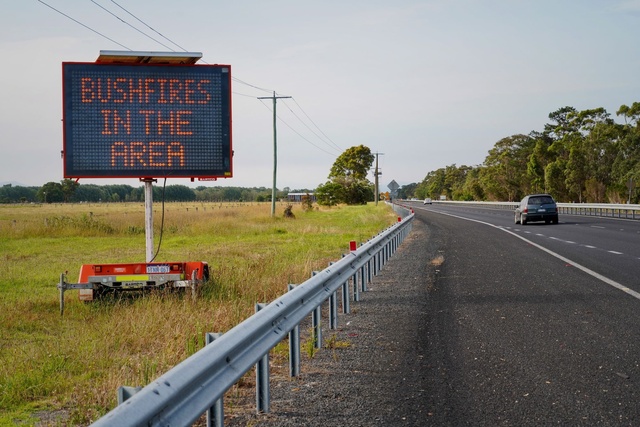By VICTORIA STONE-MEADOWS
NATIONAL Threatened Species Day was last week, and Healesville Sanctuary is celebrating another successful breeding season as well as increased survival rates for species released into the wild.
The sanctuary, in conjunction with Melbourne Zoo, has been able to select a wide range of threatened and endangered species for release into the wild.
Zoos Victoria have this year been able to release 18 helmeted honeyeaters, three critically endangered orange-bellied parrots, 38 southern corroboree frogs 109 northern corroboree frog eggs to boost wild populations.
Healesville Sanctuary has also successfully bred six Tasmanian devil joeys and four Mountain Pygmy-possums with 96 Baw Baw frogs bred at Melbourne Zoo.
One of the challenges faced by zoos in releasing captive bred animals back into wild populations is the low survival rate of captive bred animals.
Healesville Sanctuary has implemented a new breeding program that prepares captive animals for release by teaching them about predator dangers and has keepers use a less active approach to raising the animals.
“We’ve been refining our predator-awareness training program for helmeted honeyeaters,” Healesville Sanctuary’s director Glen Holland said in a written statement.
“With these changes, we’re teaching the birds about the danger of hawks and other birds of prey to reduce their vulnerability to predation.”
This program has bought the survival rate of the helmeted honey eaters released into the wild up from 45 per cent to 90 per cent survival rate over two years.
This strategy has also been used with the raising of the Tasmanian devils at the sanctuary to give them a more authentic natural start in life.
“We don’t want these animals to become domesticated,” Healesville Sanctuary Threatened Species keeper Bronwyn McCulloch said.
Healesville Sanctuary works with partners such as the Department of Environment, Land, Water and Planning, Mount Rothwell Biodiversity and Interpretation Centre, Conservation Volunteers Australia, Phillip Island Nature Park, Zoos Victoria and many other individuals and organisations to keep these species from extinction.

